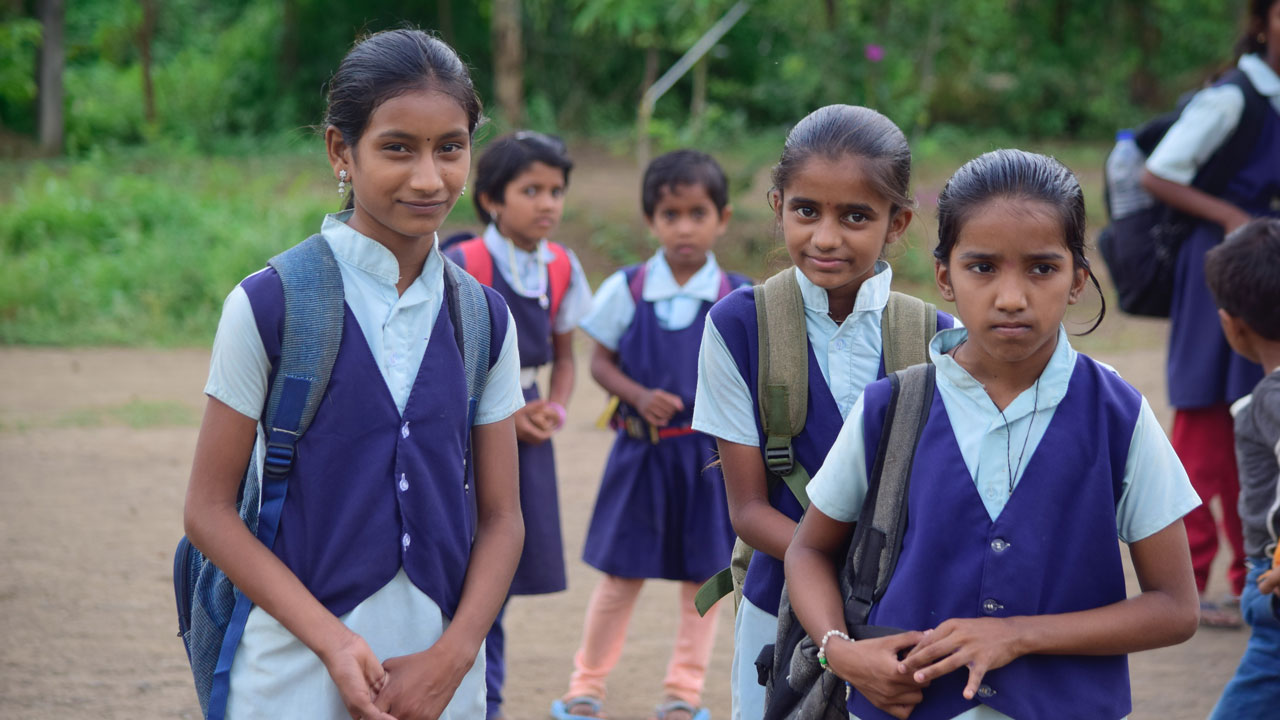
As COVID-19 spread rapidly in early 2020, governments around the world closed schools to keep children safe. By June 2020, more than two thirds of the world’s children were affected by school closures (UNHCR, 2020).
With millions of girls’ education at stake, our team aimed to understand the impact school closures had on their lives, identify which girls were at risk of dropping out of school and provide the GEC with useful recommendations and findings.
This study aims to look at the impact of school closures on girls’ learning levels and understand what happened to their education while schools were closed.
Alongside understanding what happened, the study also tests new ways of predicting which girls are at risk of dropping out of school.
For more information on the Study on the Effects of COVID-19 on Access and Learning in the GEC II, see these annexes.
This brief presents research conducted with two GEC projects – one in Kenya (Education Development Trust, EDT) and one in Nepal (Mercy Corps) – to understand the impact of COVID-19 related school closures on girls’ education, and provides key findings and recommendations.
The COVID-19 pandemic brought new urgency to the UK’s Girls’ Education Challenge (GEC). When COVID-19 hit, and schools closed, we developed a machine learning model to identify which girls might not return to school – which we tested when schools reopened in Kenya and Nepal – with a view to improving targeting of responses for the future.
Read more about our independent evaluation of the Girls’ Education Challenge (GEC) Programme.